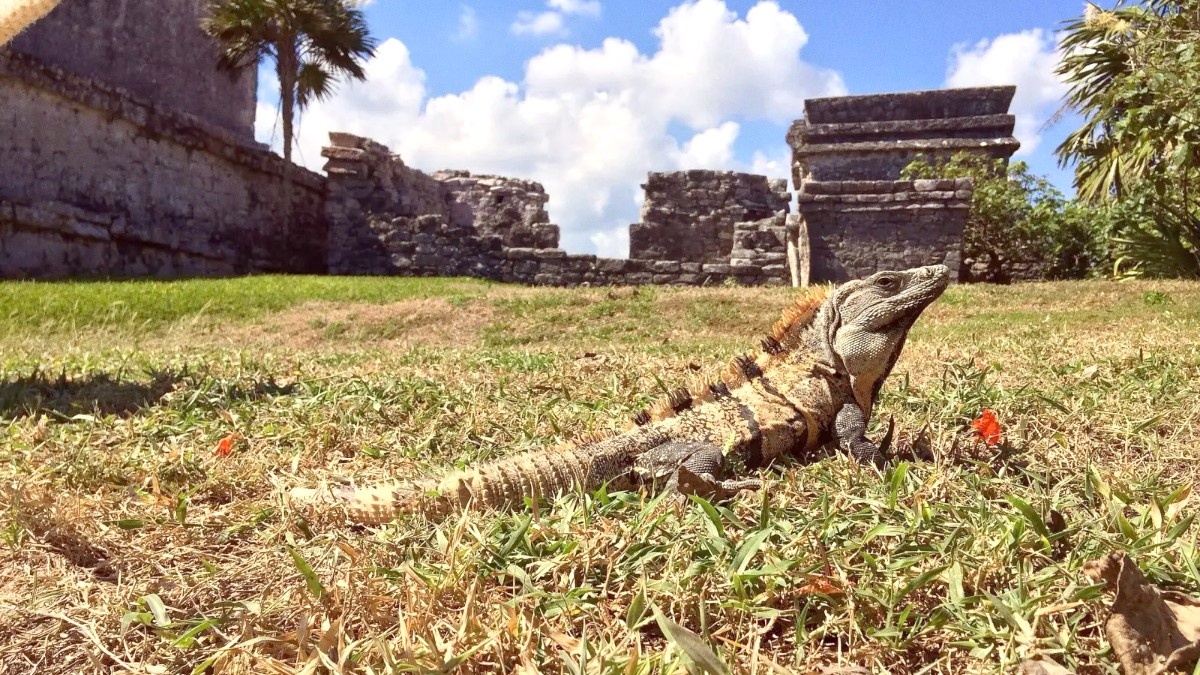
Central Gulf Coast, Mexico
For most foreign visitors, entry into Mexico for tourism purposes presents no issue. Citizens of many countries do not require a visa for stays up to 180 days for tourism. This group includes citizens from the United States, Canada, member countries of the European Union, the United Kingdom, Australia, New Zealand, Japan, South Korea, and many Latin American nations. Check the official website of the Mexican Embassy or Consulate in your home country for the most current and specific list of visa-exempt nationalities.
Required Documentation: Your passport must be valid for at least six months beyond your planned date of departure from Mexico. The FMM (Forma Migratoria Múltiple), or tourist card, is for all foreign visitors. Airlines typically give this form during your flight. You must keep this portion safe, for departure. Airlines sometimes check for proof of your departure from Mexico before allowing you to board your flight. Immigration officials retain the right to ask for evidence that you can support yourself financially during your stay.
Mexico has no specific health-related entry requirements for visitors. No mandatory vaccinations are necessary beyond routine health vaccinations.
However, general health recommendations for travel to Mexico, like Hepatitis A and Typhoid, remain advisable. Consult a travel health clinic or your doctor 4-6 weeks before your trip.
Streamline your visa process
Coverage for peace of mind
World Nomads: For adventurous travelers.
SafetyWing: Insurance for remote teams.
Mexico uses the Mexican Peso (MXN). ATMs give competitive rates. Major credit cards work in most hotels and larger stores. Carry small peso denominations for local purchases and taxis.
Tipping ('propina') is customary. 10-15% at restaurants for good service. Small tips for gas station attendants, grocery baggers, and street performers.
$30 - $60 per day
$70 - $150 per day
$200+ per day
$3 - $8 per meal
$10 - $25 per meal
While generally a welcoming city, knowing common concerns and how to address them supports confident travel.
Veracruz has both public and private hospitals. Private hospitals offer higher care, shorter waits, and often English-speaking staff. They are a preference for tourists.
Keep this information accessible, separate from your phone, in case of loss.
Veracruz is susceptible to tropical storms and hurricanes. Earthquakes can occasionally be felt.
Veracruz experiences a tropical savanna climate, categorized as Aw. This means the city has distinct wet and dry seasons, a factor that greatly influences the visitor experience. Mexico's distinct regional variations mean that general travel advice may not always apply. Veracruz has its own set of considerations due to its tropical climate, its status as a major port city, and its specific cultural niceties.
Temperature: Average annual temperatures remain warm, ranging from 25°C to 28°C (77°F to 82°F). The hottest months typically occur from May to October, with average highs reaching 31-33°C (88-91°F). The coolest period spans December to February, where average highs settle between 26-28°C (79-82°F). Even during the "cooler" months, the weather remains pleasant for most outdoor activities.
Humidity: High humidity persists year-round, frequently exceeding 70-80%. This means even when temperatures are not at their peak, the air can feel warm and muggy. Acclimatization takes some time for visitors from drier climates.
This period has pleasant temperatures and less rain. It is ideal for outdoor activities and sightseeing. Carnival (Feb/Mar) has a festive and lively atmosphere. Major holidays like Easter (Semana Santa) also fall within this window.
Pros: Pleasant weather, less rain, lively events.
Cons: Higher prices, larger crowds; book well in advance.
This period offers a good balance of agreeable weather and fewer crowds. You may find potentially lower prices compared to the peak high season. May can be hot before the heaviest rains begin, offering a transition period. November marks the start of the dry season, giving increasingly comfortable conditions.
Pros: Good weather balance, fewer crowds, better prices.
Cons: May can be quite warm and humid; slight chance of tropical systems in early November.
This is the time for the lowest prices on accommodations and flights. Tourists are fewer, allowing a more relaxed experience at attractions. The landscape becomes lush and green from the rains.
Pros: Lowest prices, fewer crowds, lush scenery.
Cons: High heat and humidity, frequent heavy rains, risk of tropical storms and hurricanes.
| Activity | Ideal Timing | Notes |
|---|---|---|
| Beaches & Water Sports | Dry Season (December-April) | Sunnier days, calmer seas, swimming, snorkeling, boat tours. |
| Cultural Exploration & City Sightseeing | Dry Season, Carnival (Feb/Mar) | Comfortable for walking. Carnival has a peak festive spirit, larger crowds. |
| Nature & Greenery | Wet Season | Lush landscapes, especially for day trips to countryside or reserves. Rain can interrupt outdoor plans. |